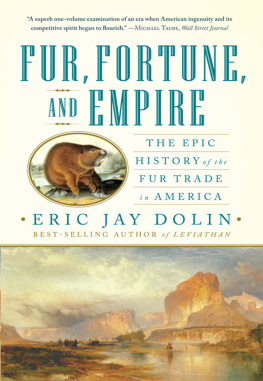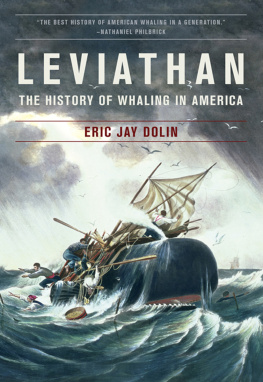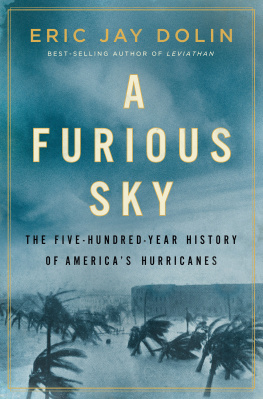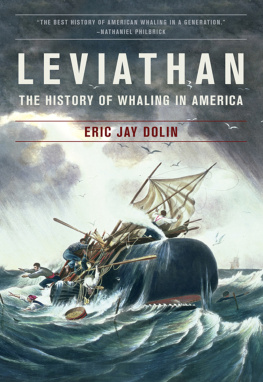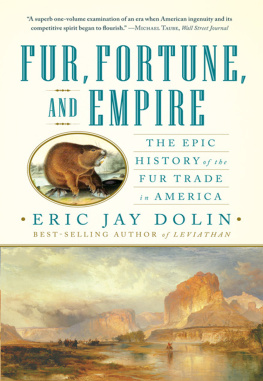
OTHER BOOKS BY ERIC JAY DOLIN
Fur, Fortune, and Empire:
The Epic History of the Fur Trade in America
Leviathan: The History of Whaling in America
Political Waters
Snakehead: A Fish Out of Water
Smithsonian Book of National Wildlife Refuges
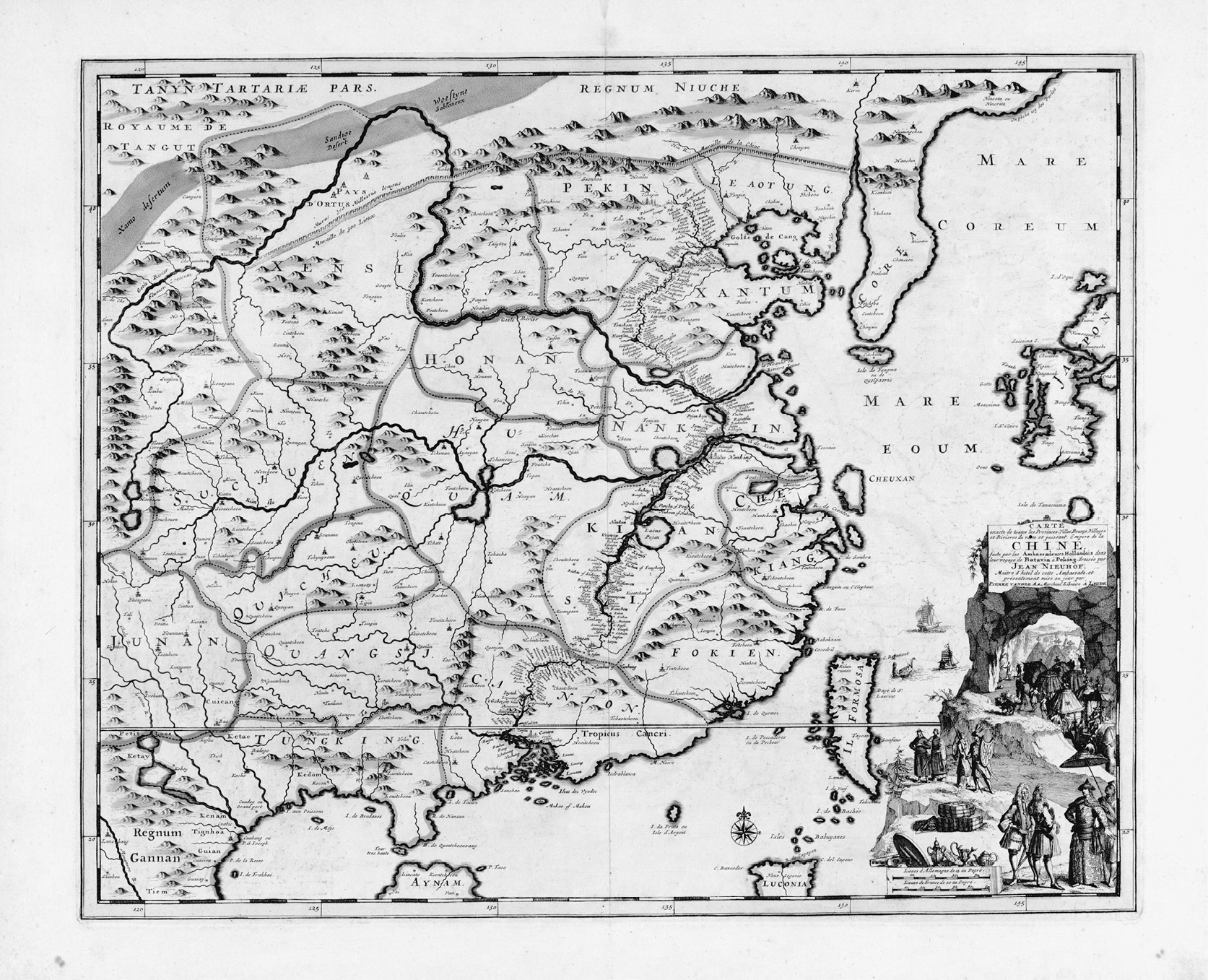
When America
First Met China
An EXOTIC HISTORY of
TEA, DRUGS, and MONEY
IN the AGE of SAIL
Eric Jay Dolin

LIVERIGHT PUBLISHING
CORPORATION
A DIVISION OF
W. W. NORTON & COMPANY
NEW YORK LONDON
To Penny, Ron, and Sage
CONTENTS

THE ADVENTUROUS PURSUITS
OF COMMERCE
A NOTE ON THE TEXT
T HE ROMANIZATION OF CHINESE WORDS HAS CHANGED OVER TIME . The older Wade-Giles system has been replaced by pinyin, which is now the official romanization system used in China, and by modern scholars and journalists. When America First Met China uses pinyin for personal and place names, giving the Wade-Giles equivalent in parentheses on the first use of each. The only exceptions to this rule are Western names that are firmly entwined with the history of the China trade, and that are familiar to Westerners. These include Canton, Whampoa, Peking, Macao, Lintin, Nanking, Kowloon, Hong Kong, the Yangtze River, and the Pearl River. For these the pinyin equivalent will appear in parentheses on first use.
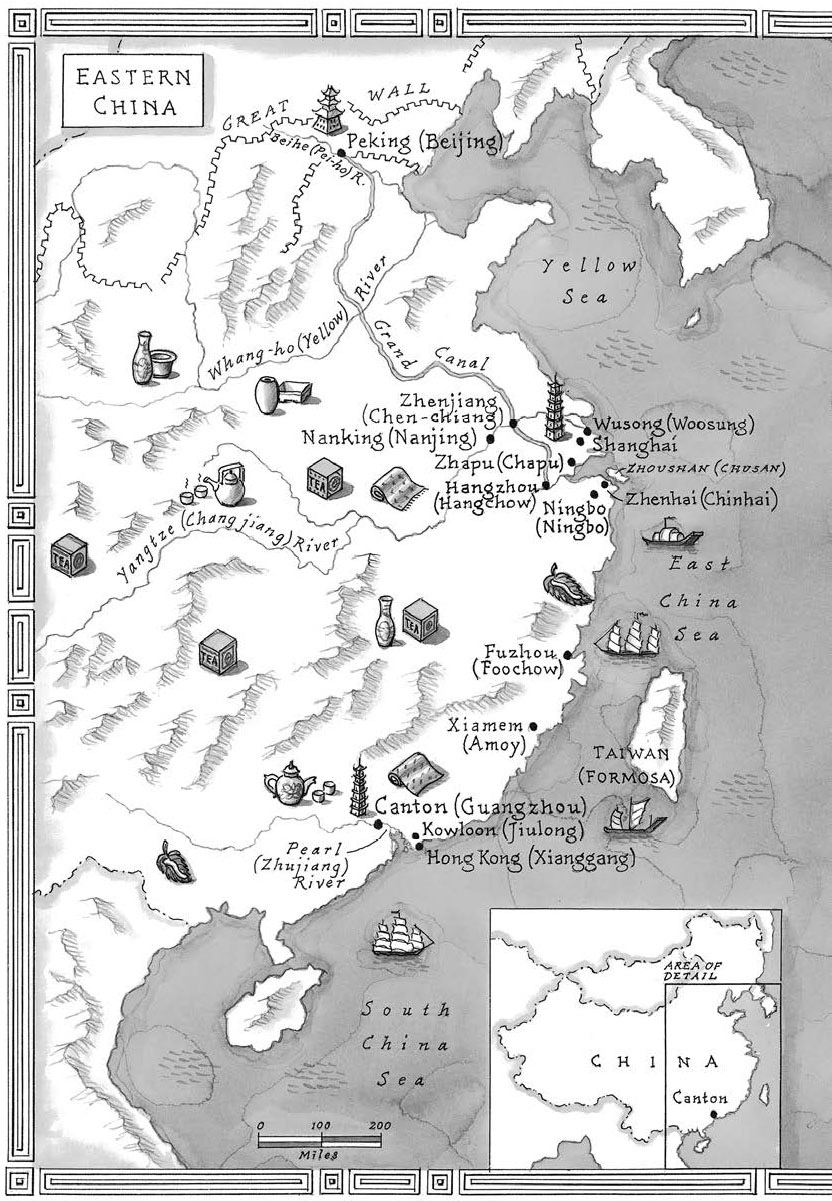
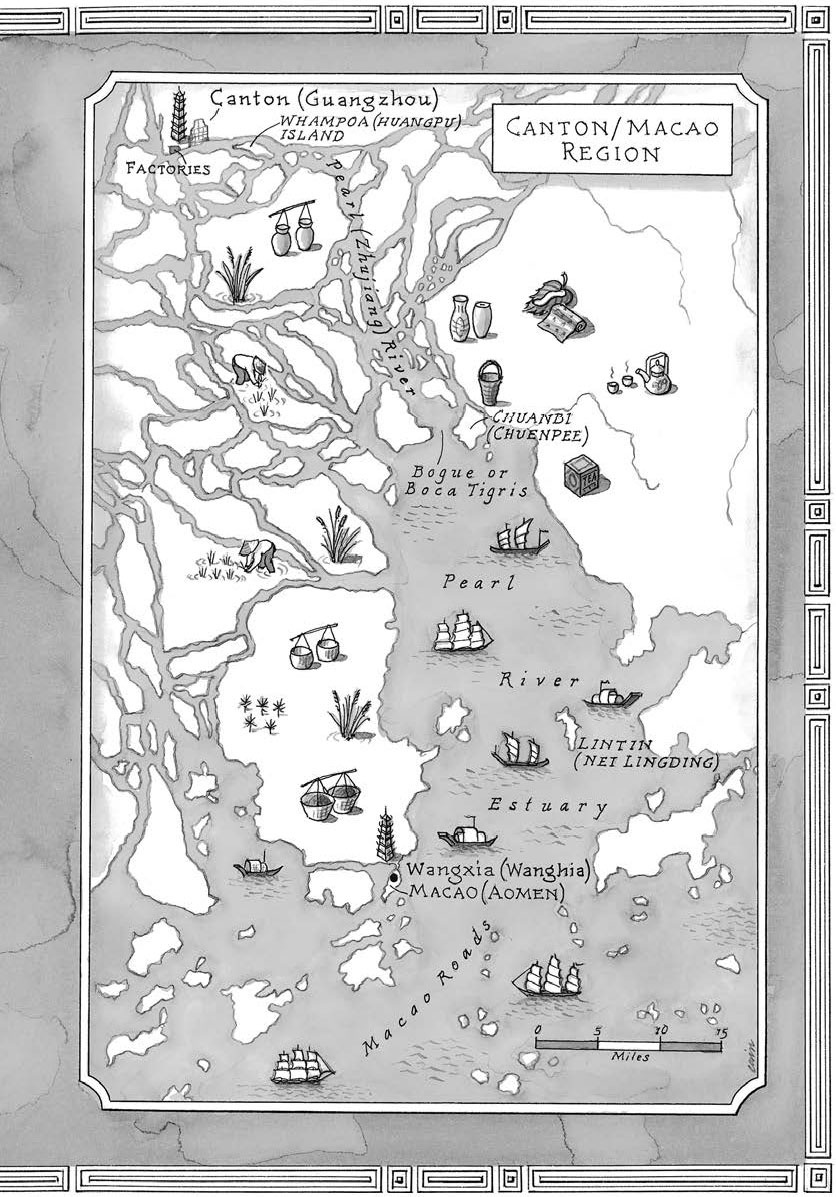
INTRODUCTION

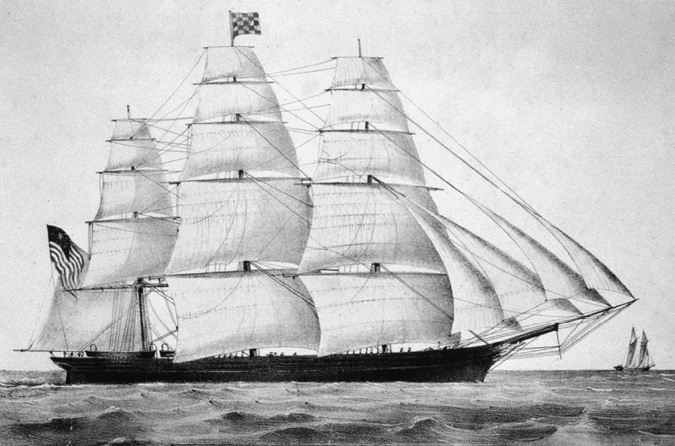
NEW YORK CLIPPER SHIP CHALLENGE , N. CURRIER, 1850.
T HE UNITED STATES RELATIONSHIP WITH CHINA IS COMPLEX AND critically important to Americas future. Every day Americans are inundated with news that describes, dissects, and analyzes the many facets of this historic relationship. For the most part the coverage is unsettling and tinged with no small trace of alarmism. Americans are clearly worried about Chinas rise, and much of that worry focuses on economic and trade issues. The concerns are many: Does China own too much of Americas debt? Is the gaping trade deficit with China sustainable? Do Chinas currency policies give its products an unfair advantage in the marketplace? Underlying these and a host of other concerns is a nagging questionwill China, now the second-largest economy in the world after the United States, someday be number one? Or, to put it more bluntly, does Chinas rise inevitably mean Americas downfall, and will the twenty-first century become the Chinese century?
I have asked the same questions, but as a historian my primary interest is what Americas relationship with China was like in the past. That is why every time I heard or read news stories about America and China, it occurred to me thatgiven the intense focus on the evolving ties between these two countriesit might be revealing to explore the origins of their relationship. Therein lay the genesis of this book, whose goal is to tell the story of how America and China first met, and what their relationship was like in the beginning. As it turns out, the story revolves mostly around trade, for that was the primary medium through which America and China came to know each other.
Determining where to begin this story was simple, because Americas first direct encounter with China came on the heels of the American Revolution, when the American ship the Empress of China sailed to Canton (Guangzhou). Figuring out the appropriate place to conclude the story, however, proved problematic, since the China trade, as it has been colloquially called, continues to this day, and there is no historical marker that clearly signifies Here is the end of the beginning. But as the narrative wended its way through the course of Sino-American history, there appeared a transition that proved to be a good point at which to bring my story to a close, and that was in the late 1860s, when the China trade lost much of the drama and tragedy that had characterized it in earlier years, and its very nature shifted with the rise of steamship travel and the completion of the transcontinental railroad.
My first intimation that the China trade would be an intriguing topic came while I was working on my last book, Fur, Fortune, and Empire: The Epic History of the Fur Trade in America . Part of that history revolves around the colorful and lucrative trade that sprang up in the late 1700s, in which American merchants sent sea otter pelts to China to exchange for a variety of goods. This piqued my interest, and in researching this work I discovered that the sea otter trade was only part of a much larger tale of how the American-Chinese nexus developed.
In the first eighty or so years of the new Republics history, American ships sailed around the Cape of Good Hope and Cape Horn on their way to China, the mysterious so-called Middle Kingdom, with cargoes of silver, ginseng, furs, sandalwood, b che-de-mer (sea cucumbers), cotton fabrics, and many other items, which were traded for a variety of goods, including silks, porcelain, furniture, and most importantly, hundreds of thousands of tons of teathe brew of the immortals. The China trade was critical to the growth and success of the new nation. It bolstered Americas emerging economy, enabling Boston, New York, Philadelphia, Salem, Providence, and other ports to thrive after the ravages of the war. In doing so it helped create the nations first millionaires, instilled confidence in Americans in their ability to compete on the worlds stage, and spurred an explosion in shipbuilding that led to the construction of the ultimate sailing vesselsthe graceful and exceedingly fast clipper ships. The trade also helped the United States expand into the Pacific Northwest, and it laid the foundation for a lasting artistic legacy that remains in evidence in museums and homes throughout the country.
THIS BOOK EXPLORES a time many years ago when the desire for trade and profit first brought together two disparate cultures that often failed to fully understand or appreciate each other, leaving many Americans and Chinese alternately frustrated and furious. It also tells a tale of unfulfilled commercial expectations and large trade deficits, one based on keen competition, exploitation, and war. In their search for merchantable items, American adventurers laid waste to sea otter and seal populations, devastated the forests on Pacific islands, and engaged in the opium trade. Worse still was Americas trafficking in Chinese coolies, who were forced to work as virtual slaves picking sugar and other crops in Latin America, and collecting guano (bird waste) on the Chincha Islands off Peru.
Hardly a mere concatenation of dramatic events, however, the story possesses a wide-ranging cast of compelling characters. These include not only the Founding Fathers and dynastic emperors of top-down history, but also the seamen, merchants, and native peoples who were swept up in its currents. To this list must be added a motley assortment of explorers, opportunists, castaways, murderersand women who liked to break the rulesall of whom bring the China trade vividly to life.
Next page

